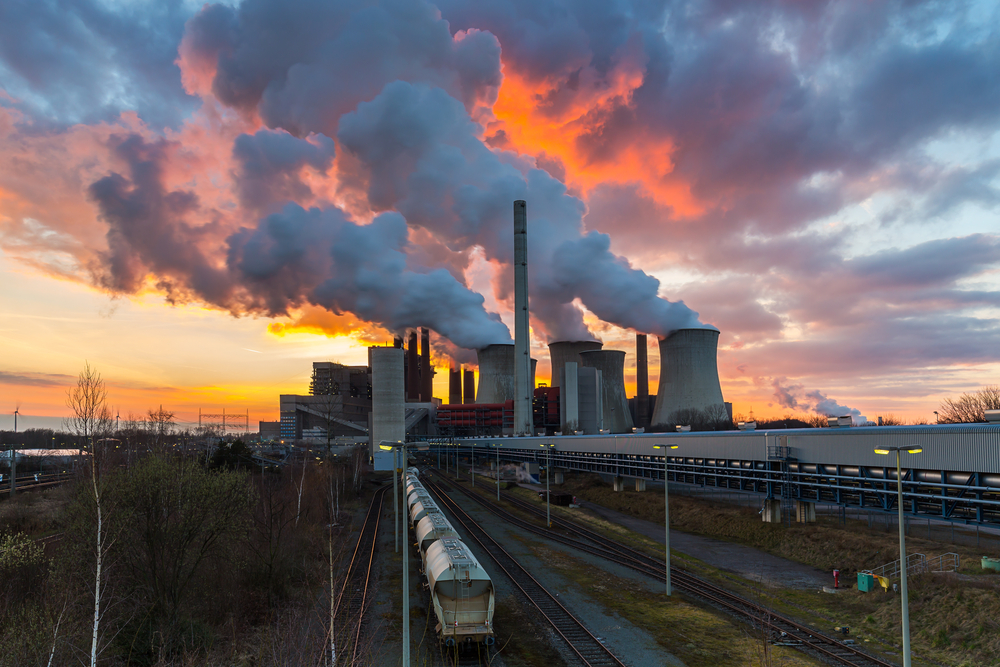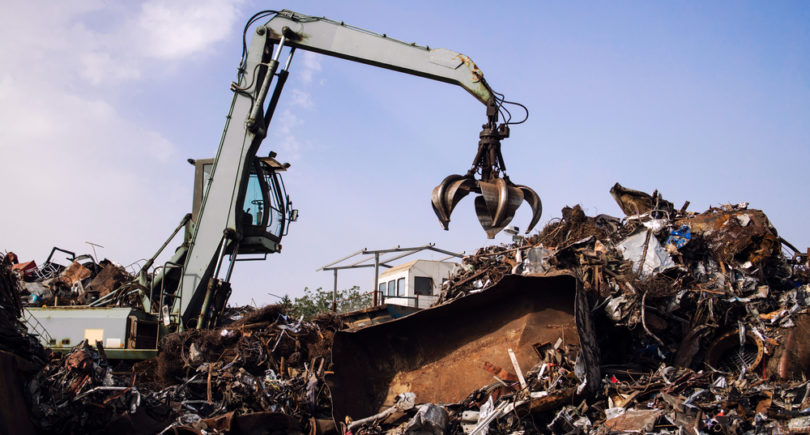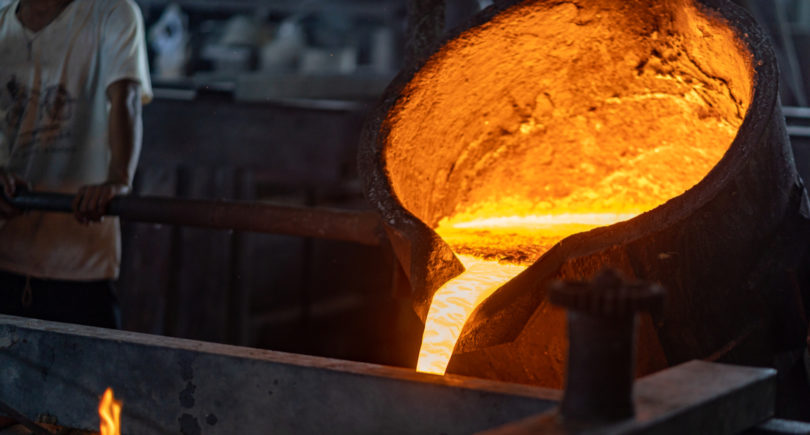
News Global Market Germany 1061 16 March 2023
The decrease in carbon emissions in the industrial sector was mostly due to a decrease in production
In 2022, German industry reduced greenhouse gas emissions by 10% compared to 2021. EURACTIV reports about it with the reference to data from the German Environment Agency.
While industrial emissions fell, other sectors, particularly electricity and transport, increased this indicator. At the same time, the transport infrastructure constantly does not reach the goals defined in the national climate legislation.
In general, greenhouse gas emissions in Germany in 2022 decreased by 1.9% compared to 2021, almost reaching the country’s climate goals.
The decrease in carbon emissions in the industrial sector was mostly associated with a decrease in production, as well as the substitution of energy-intensive products of local production with imported ones.
“The slight decrease in emissions recorded by Germany in the year of the fossil energy crisis is primarily due to energy-saving effects and production declines in the energy-intensive industry – not to climate protection measures,” said Simon Muller, analyst at Agora Energiewende.
Industrial production in Germany decreased by 0.6% in 2022 compared to 2021, mainly due to a sharp increase in energy costs. At the same time, about 800,000 jobs are at risk in energy-intensive industries of the country due to the reduction of production capacities.
As GMK Center reported earlier, Germany is among the ten largest steel producers in the world according to World Steel. In 2022, the country reduced output of steel by 8.4% compared to 2021 – to 36.8 million tons, taking 7th place in the world ranking of producing countries.
The sharp rise in energy prices as a result of Russia’s war against Ukraine had a negative impact on Germany’s steel industry. The cost of electricity and gas has risen sharply for all EU countries at a time when demand for steel has collapsed. Producers had to reduce production or stop capacities to minimum volumes. In early 2023, demand stabilized and prices began to rise, allowing steelmakers to gradually restart capacity.
Despite the difficult situation, German steel industry is gradually transitioning to non-electric arc steel production. In 2022, the share of steel produced in electric arc furnaces reached 29.8% or 10.99 million tons.



